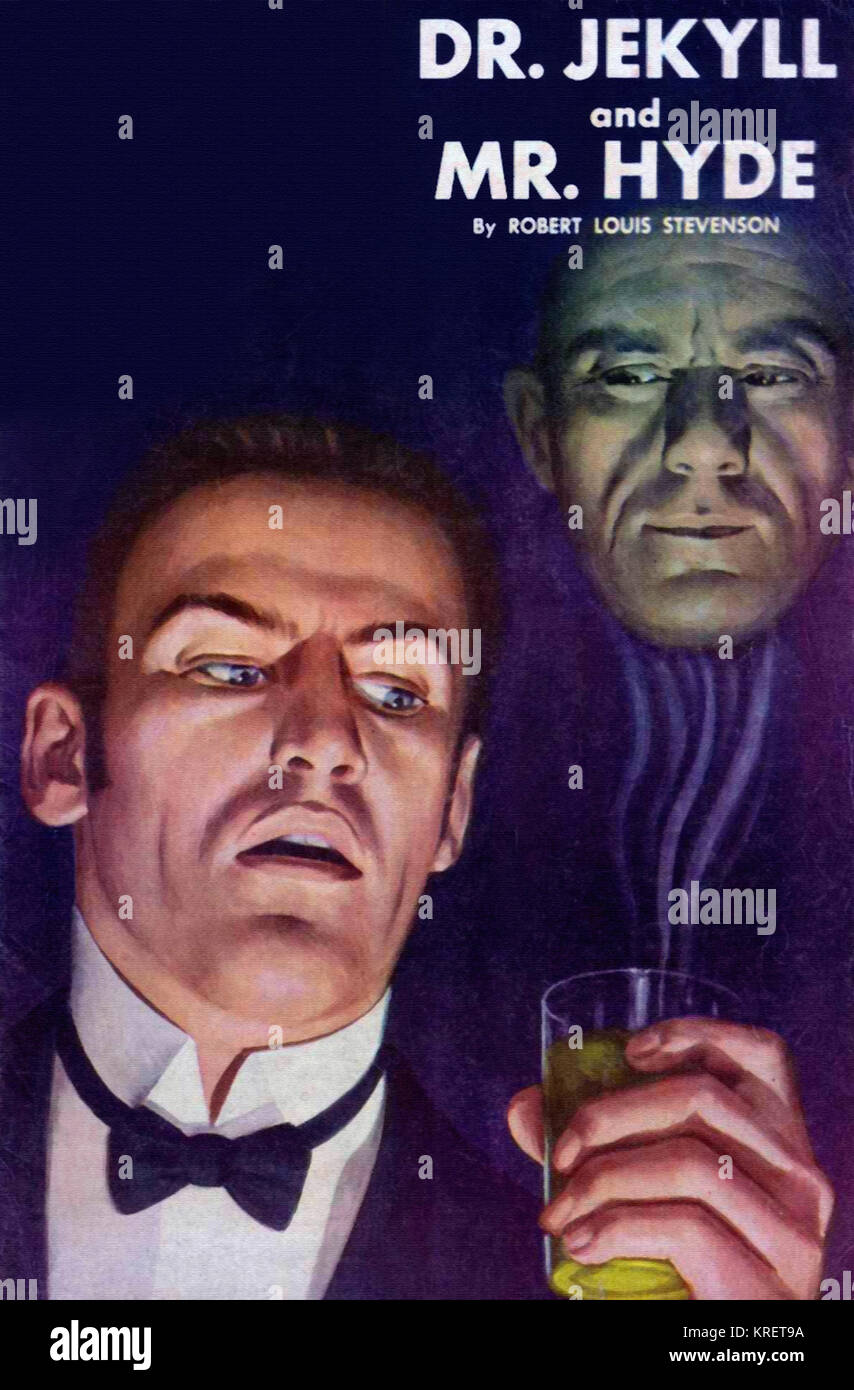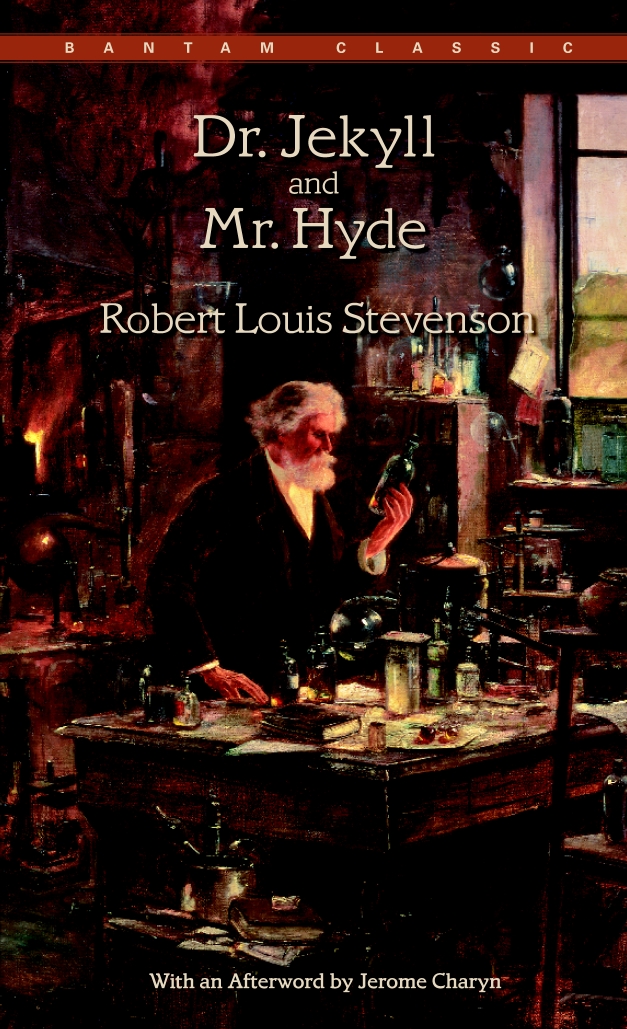

We come at the truth slowly, through the investigations of a lawyer friend of Henry Jekyll’s, named Gabriel Utterson. Pretending that we don’t know what the story hasn’t openly revealed to us (though we do know, we do), we don’t find out what’s up with Jekyll and Hyde until almost the end of the story. When I started reading this story, I thought the quote I was going to drop into my review was going to be, “ ‘If he be Mr Hyde,’ he had thought, ‘I shall be Mr Seek.‘” At first it doesn’t seem to take the Jekyll/Hyde mythology as seriously as it ought to, judging from more recent redactions. This was the shocking thing that the slime of the pit seemed to utter cries and voices that the amorphous dust gesticulated and sinned that what was dead, and had no shape, should usurp the offices of life. Here is a sample of the story you thought you knew, in case you’ve never read it: And it does this in a story that combines shock, suspense, mystery, and a really chilling final confession, as only a master writer can.

It resembles nightmares I have had and-assuming that I’m not alone in this-explores something that troubles many people with a well-developed moral conscience and an understanding of the evil nature within each of us. It is a story about the course of a life-destroying addiction, together with a man’s losing struggle against moral corruption, guilt, and the terror of justice. It isn’t about split personalities or “dissociative identity disorder.” It is about a man’s struggle with the conflicting powers of good and evil within his one personality, and the tragedy that takes place when he experiments with a drug to separate the two. The popular idea of what this story is about is also quite out of order. What I never realized until now, on finally reading the story as Stevenson wrote it, is how different his novella is from any and all of the dramatizations, abridgements, contextualizations, and “for dummies” versions on the market. (or Ms.) Hyde gets into, always complicates things for Dr. I have seen and read several of these re-tellings, which share little in common except the essential concept of a man who, by taking a potion, transforms himself into another person-in most versions, an identity compounded of all the dark, evil parts of himself. Next to A Christmas Carol, it has probably seen more adaptations for stage and film than any other work of English literature, including parodies and re-imaginings that (ha, ha) transform the original story almost out of recognition.

There are even more versions of Stevenson’s story than variants of its title.

It’s not as though the printer needs to save ink it’s a very short book, a novella really. Sometimes it is even given simply as Jekyll & Hyde. Sometimes it is published with a “The” at the beginning. The title of this book varies from one edition to another.


 0 kommentar(er)
0 kommentar(er)
